Home>Furniture>How Long Do You Leave Your Nails Under A UV Lamp
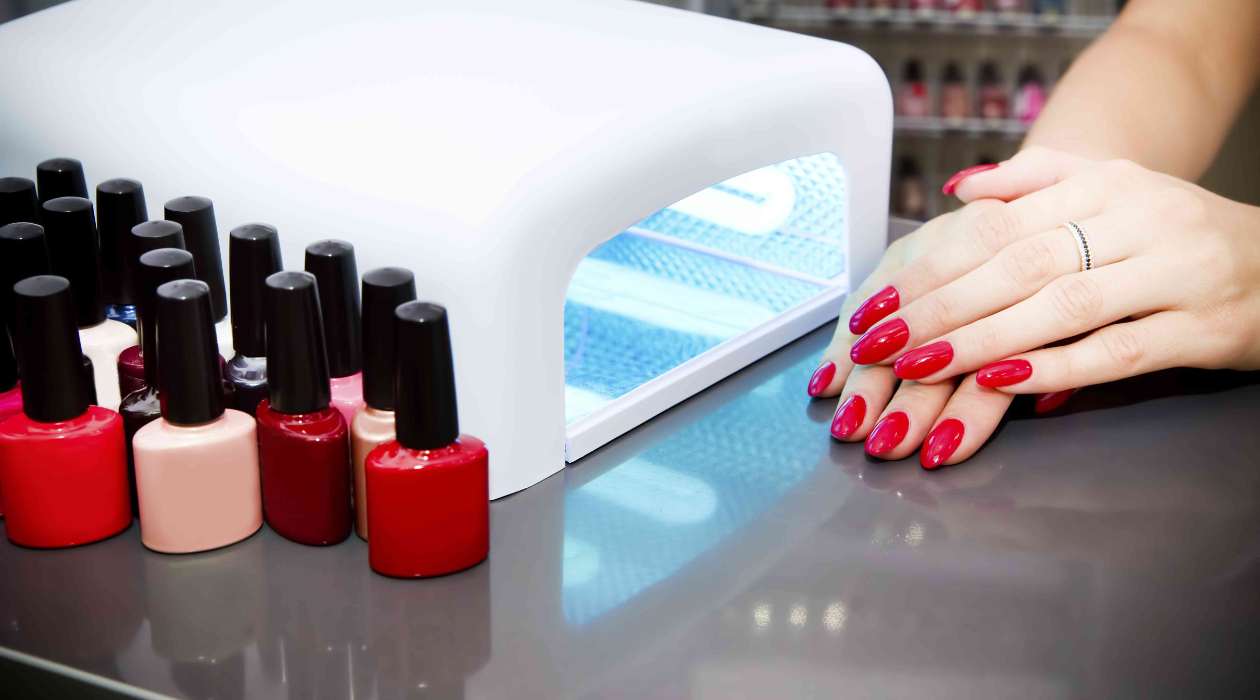

Furniture
How Long Do You Leave Your Nails Under A UV Lamp
Modified: August 22, 2024
Discover the proper duration for exposing furniture to UV lamps for a flawless finish. Get expert advice on how long to leave your nails under a UV lamp to ensure perfect manicures that last.
(Many of the links in this article redirect to a specific reviewed product. Your purchase of these products through affiliate links helps to generate commission for Storables.com, at no extra cost. Learn more)
Introduction
When it comes to nail care and styling, the use of a UV lamp is a game-changer. Gone are the days of waiting for ages for your nail polish to dry. With the advent of UV lamps, getting salon-quality nails at home has become easier than ever. But how long do you really need to leave your nails under a UV lamp? In this article, we will explore the purpose of a UV lamp for nails, how they work, and the recommended time for leaving your nails under the lamp.
A UV lamp is an essential tool in the world of nail enhancements, particularly gel manicures and pedicures. Its primary purpose is to cure or harden gel-based products, such as gel nail polish and gel nail extensions. Unlike traditional nail polishes that air dry, gel products need to be exposed to UV light to bond and set properly. This results in a longer-lasting, chip-free manicure.
UV lamps emit a specific wavelength of UV-A light, which triggers a photochemical reaction in the gel products. The light causes the molecules in the gel to cross-link, forming strong and durable bonds. This process is known as polymerization.
The recommended time for leaving your nails under a UV lamp varies depending on the specific gel product and brand. Generally, the curing process takes anywhere from 30 seconds to 2 minutes per coat. It is important to carefully read and follow the instructions provided by the gel product manufacturer. They may specify the required curing time for optimal results.
Key Takeaways:
- Achieving salon-quality nails at home is easier with a UV lamp, but always follow the recommended curing times for gel products to ensure long-lasting and professional results.
- Prioritize safety when using a UV lamp by protecting your skin and eyes, following manufacturer’s instructions, and being mindful of overexposure risks.
Read more: How To Use A UV Nail Lamp
Purpose of a UV Lamp for Nails
A UV lamp is an essential tool for achieving long-lasting, professional-looking nails. It serves several purposes in the world of nail enhancements, especially when it comes to gel manicures and pedicures. Let’s explore the main purposes of a UV lamp for nails:
1. Curing Gel-Based Products:
The primary purpose of a UV lamp is to cure or harden gel-based products, such as gel nail polish and gel nail extensions. Unlike traditional nail polishes that air dry, gel products require exposure to a UV lamp to bond and set properly. The lamp emits a specific wavelength of UV light, triggering a photochemical reaction in the gel that causes it to harden and become more durable.
2. Ensuring Long-Lasting Results:
When gel products are properly cured under a UV lamp, they tend to last longer compared to traditional nail polishes. The bonding process that occurs during the curing process creates a strong and durable layer on the nails. This results in a chip-free manicure that can withstand everyday activities without easily peeling or lifting.
3. Enhancing Nail Strength:
Gel polishes often contain ingredients that help strengthen the natural nails. These ingredients can penetrate the nails and provide added resilience and strength. By exposing the nails to the UV lamp during the curing process, these strengthening properties can be maximized, allowing for healthier and stronger nails.
Read more: What Does A UV LED Nail Lamp Do
4. Creating a Salon-Quality Finish:
A UV lamp is an essential tool for achieving a salon-quality finish. It ensures that the gel products are evenly and thoroughly cured, resulting in a smooth and glossy finish. The UV light also helps to reduce the drying time drastically, allowing for a quick and efficient salon-like manicure at home.
5. Enabling Nail Art Possibilities:
The use of a UV lamp opens up a world of possibilities for nail art enthusiasts. Since gel polish stays wet until cured under the UV lamp, it allows for intricate designs, layering, and embellishments. This makes it easier to create stunning nail art with precision and intricacy.
In summary, the purpose of a UV lamp for nails is to cure gel-based products, ensure long-lasting results, enhance nail strength, create a salon-quality finish, and enable endless possibilities for nail art. By investing in a quality UV lamp and following the recommended instructions, you can achieve beautiful, professional-looking nails without leaving the comfort of your home.
How UV Lamps Work
UV lamps play a crucial role in the process of curing gel-based products for nails. But how exactly do these lamps work? Understanding the mechanics behind UV lamps can help us appreciate their importance in achieving long-lasting, salon-quality nails. Here’s a breakdown of how UV lamps work:
1. Emitting UV Light:
UV lamps are designed to emit a particular wavelength of UV light, known as UV-A light. This specific wavelength falls within the ultraviolet spectrum, which is invisible to the human eye. UV-A light is used because it is less intense and causes less heat than other types of UV light, such as UV-B light.
Read more: Why Is My UV Nail Lamp Not Working
2. Triggering Polymerization:
When gel-based products, such as gel nail polish or gel nail extensions, are exposed to UV-A light, a process called polymerization occurs. The UV-A light activates specific photo-initiators present in the gel products. These photo-initiators start a chemical reaction that prompts the molecules in the gel to link together and form long, cross-linked chains. This process results in the hardening and curing of the gel, making it more durable and long-lasting.
3. Cross-Linking Mechanism:
During polymerization, the molecules in the gel rearrange and bond with each other through a cross-linking mechanism. The cross-links formed create a strong and resilient network, providing the gel with its characteristic hardness and resistance to chipping.
4. Curing Time:
The time required for gel products to cure under a UV lamp varies depending on factors such as the brand, type of gel, and thickness of the layers applied. Generally, gel nail polish tends to require 1-3 minutes of curing time per coat, while gel nail extensions may require longer periods. It’s crucial to follow the instructions provided by the gel product manufacturer to ensure proper curing and optimal results.
5. Reflective Surfaces:
Some UV lamps are equipped with reflective surfaces or strategically placed mirrors to help distribute the UV light evenly across the nails. This ensures that all areas of the nails receive an adequate amount of UV-A light for consistent and thorough curing.
In summary, UV lamps work by emitting UV-A light, which triggers the polymerization process in gel-based products. The photo-initiators in the gels start a chemical reaction, causing the molecules to cross-link and form a strong network. The curing time varies depending on the specific gel product and factors such as thickness and brand. Reflective surfaces may be used in UV lamps to ensure even distribution of the UV-A light. By understanding how UV lamps work, we can appreciate their role in achieving salon-quality, long-lasting nails.
Read also: 13 Amazing Uv Nail Lamp for 2025
Recommended Time for Leaving Nails Under a UV Lamp
When it comes to achieving the best results with gel-based products, it is essential to follow the recommended curing time under a UV lamp. The duration can vary depending on factors such as the type of gel, brand, and the thickness of the applied layers. Here are some general guidelines for the recommended time to leave your nails under a UV lamp:
1. Gel Nail Polish:
For gel nail polish, the typical recommended curing time is around 30 seconds to 2 minutes per coat. However, it is crucial to remember that different gel polish brands may have specific instructions, so always refer to the manufacturer’s guidelines for the most accurate information. Applying too little or too much product can also affect the curing time, so ensure you apply a thin, even layer for optimal results.
2. Gel Nail Extensions:
When it comes to gel nail extensions or sculpted nails, the curing time tends to be longer due to the thickness of the gel. Generally, it is recommended to cure each layer of the extension for around 2-3 minutes. However, the exact time may vary based on the brand of the gel and the specific instructions provided. It is crucial to allow each layer to cure fully to ensure maximum adherence and durability.
3. Multiple Layers:
If you are applying multiple layers of gel polish or extensions, it is important to cure each layer separately for the recommended time before proceeding to the next layer. This ensures thorough curing and prevents any potential issues, such as wrinkling or peeling.
Read more: How Long Can You Leave A Lamp On
4. LED vs. UV Lamps:
It is worth noting that cure times may differ between UV lamps and LED lamps. LED lamps tend to cure gel products more quickly, often requiring about half the time compared to UV lamps. If you are using an LED lamp, always refer to the manufacturer’s instructions for the recommended curing time specific to that lamp.
5. Manufacturers’ Guidelines:
Regardless of the type of gel product you are using, it is crucial to read and follow the instructions provided by the manufacturer. They are the experts in their products and will provide you with the most accurate and specific guidelines for achieving the best results.
Ultimately, the recommended time for leaving your nails under a UV lamp will depend on various factors. By following the general guidelines and the manufacturer’s instructions, you can ensure proper curing, long-lasting results, and a beautiful manicure or pedicure.
Factors Affecting the Time Required
The time required for curing gel-based products under a UV lamp can vary depending on several factors. Understanding these factors can help you achieve optimal results with your manicure or pedicure. Here are some key factors that can affect the time required for curing:
1. Gel Product and Brand:
Not all gel products are created equal. Different brands may have different formulas and compositions, which can impact the curing time. Some gel products may be designed to cure faster, while others may require longer intervals under the UV lamp. Always refer to the specific instructions provided by the gel product manufacturer for the most accurate timing recommendations.
Read more: How Long Can You Leave A Heat Lamp On
2. Thickness of Application:
The thickness of the gel application can significantly affect the curing time. Thicker layers of gel will require more time to cure fully compared to thin, even layers. It is generally recommended to apply thin coats of gel and cure them separately to ensure thorough polymerization and prevent any potential issues like wrinkling or peeling.
3. Type of Gel:
There are different types of gel products available in the market, each with its unique characteristics. Some gels may be designed specifically for quick curing, while others may require slightly longer times. For example, soak-off gels may typically cure faster compared to hard gels. Consider the specific type of gel you are using and follow the manufacturer’s instructions for the recommended curing time.
4. UV Lamp Wattage and Bulb Age:
The wattage of the UV lamp and the age of its bulbs can impact the curing time as well. Higher wattage lamps may provide more intense UV light, resulting in quicker curing times. Additionally, older bulbs may emit less UV light, which can extend the curing time. It is essential to regularly check and replace the bulbs in your UV lamp as recommended by the manufacturer to ensure consistent and efficient curing.
5. Nail Size and Shape:
The size and shape of your nails can also affect the time required for curing. Nails with larger surface areas or intricate shapes may require slightly more time under the UV lamp to ensure all areas are adequately exposed to the UV light. It is important to position your nails properly under the lamp to ensure even curing across the entire nail surface.
Read more: How Long Can You Leave Lava Lamp On
6. Environmental Factors:
The surrounding environment can play a role in the curing time as well. Cooler temperatures or high humidity levels can affect the curing process and may require slightly longer curing times. It is best to work in a cool, dry environment to ensure optimal results.
Overall, the time required for curing gel-based products under a UV lamp can be influenced by factors such as the gel product and brand, thickness of application, type of gel, UV lamp wattage and bulb age, nail size and shape, and environmental conditions. By understanding these factors and following the manufacturer’s instructions, you can achieve a beautifully cured manicure or pedicure with long-lasting results.
Risks of Overexposure to UV Light
While UV lamps are essential tools for achieving beautiful and long-lasting nails, it’s important to be aware of the potential risks associated with overexposure to UV light. Prolonged and excessive exposure to UV light can have adverse effects on the skin and increase the risk of certain conditions. Here are some risks to consider:
1. Skin Damage:
UV light, including UV-A light emitted by UV lamps, can penetrate the skin and cause damage. Continuous and prolonged exposure to UV-A light can lead to premature aging of the skin, including the development of wrinkles, fine lines, and age spots. Over time, it can also increase the risk of skin cancer.
2. Eye Damage:
Direct exposure to UV light can be harmful to the eyes. UV rays can cause damage to the delicate structures of the eyes, such as the cornea and retina. Overexposure can lead to issues like photokeratitis (sunburn of the cornea) and in severe cases, long-term damage such as cataracts or macular degeneration.
Read more: How Long Can You Leave A Salt Lamp On?
3. Sensitivity and Allergic Reactions:
Some individuals may have a higher sensitivity to UV light. Prolonged exposure to UV light from a lamp can cause skin irritation, redness, itching, and allergic reactions in susceptible individuals. It is important to monitor any signs of discomfort during or after UV lamp usage and consult a dermatologist if any adverse reactions occur.
4. Increased Risk of Melanoma:
Prolonged exposure to UV light, including both natural sunlight and artificial UV light from lamps, increases the risk of melanoma, a deadly form of skin cancer. It is crucial to limit exposure to UV light and take necessary precautions to protect the skin from potential harm.
5. Risk of Sunburn:
UV light can cause sunburn, even if exposure is brief. The skin on the hands and fingers is particularly sensitive, and prolonged exposure to UV light without proper protection can result in painful sunburn. It is important to apply broad-spectrum sunscreen with a high SPF to the hands and fingers before using a UV lamp.
To minimize the risks associated with overexposure to UV light, it is crucial to take proper precautions when using a UV lamp:
– Limit exposure time: Follow the recommended curing times and avoid leaving your nails under the lamp for longer than necessary.
– Use sunscreen: Apply a broad-spectrum sunscreen with a high SPF to your hands and fingers before using a UV lamp to protect your skin.
– Wear protective eyewear: Invest in UV-blocking goggles or use a towel to cover your hands and eyes during UV lamp use to shield your eyes from potential damage.
– Maintain proper ventilation: Work in a well-ventilated area to minimize the inhalation of fumes and odors from gel products.
By being aware of the risks and taking appropriate precautions, you can enjoy the benefits of a UV lamp while minimizing the potential harm associated with overexposure to UV light.
Tips for Using a UV Lamp Safely and Effectively
Using a UV lamp for curing gel-based products can help you achieve long-lasting, salon-quality nails. However, it’s crucial to prioritize safety and ensure that you are using the lamp effectively to minimize any potential risks. Here are some tips for using a UV lamp safely and effectively:
1. Read and Follow Instructions:
Always read and follow the manufacturer’s instructions for your specific UV lamp. Each brand and model may have slightly different operating instructions and safety guidelines. Familiarize yourself with the instructions to ensure proper usage.
2. Use a Timer:
Invest in a UV lamp with a built-in timer or use a separate timer to track the curing time accurately. Overexposure to UV light can increase the risk of skin and eye damage, so it’s important not to exceed the recommended curing time for your gel products.
3. Apply Thin Layers:
Avoid applying thick layers of gel products as they may not cure properly under the UV lamp. Instead, opt for thin, even coats of gel polish or extensions. Thin layers cure more evenly and reduce the risk of wrinkling or lifting.
4. Protect Your Skin:
Before using a UV lamp, apply a broad-spectrum sunscreen with a high SPF to your hands and fingers. This will help protect your skin from potential harmful effects of UV light, such as sunburn and premature aging.
5. Protect Your Eyes:
Wear UV-blocking goggles or use a towel to cover your hands and eyes during UV lamp use. This will help protect your eyes from direct exposure to UV light, reducing the risk of eye damage.
6. Ensure Proper Ventilation:
Work in a well-ventilated area to minimize the inhalation of fumes and odors from gel products. Proper ventilation will help create a safer and more comfortable environment during your nail curing process.
7. Replace Bulbs Regularly:
Replace the bulbs in your UV lamp as recommended by the manufacturer. Over time, the effectiveness of the bulbs can diminish, impacting the curing process. Regularly replacing the bulbs will ensure consistent and efficient curing.
8. Follow Gel Removal Instructions:
When it comes time to remove your gel polish or extensions, follow the proper removal instructions provided by the gel product manufacturer. Improper removal techniques can damage your natural nails, so it’s essential to use the recommended removal process.
Read more: How Do You Make A Lamp
9. Take Breaks:
While gel nails are durable and long-lasting, it’s important to give your nails occasional breaks from the UV lamp. This will allow your natural nails to breathe and recover from any potential drying effects of gel products.
By following these tips, you can use your UV lamp safely and effectively, enhancing the longevity and quality of your gel manicures or pedicures. Prioritizing safety and proper usage will ensure a positive and enjoyable nail care experience.
Conclusion
A UV lamp is an indispensable tool in the world of nail enhancements, allowing for long-lasting, salon-quality nails in the comfort of your own home. By understanding its purpose, how it works, and the recommended practices, you can achieve optimal results while prioritizing safety.
UV lamps cure gel-based products by emitting UV-A light, triggering a polymerization process that creates strong and durable bonds within the gel. The recommended time for leaving your nails under the UV lamp varies depending on the gel product, brand, and layer thickness. It is crucial to carefully follow the manufacturer’s instructions for the most accurate timing recommendations.
Several factors can affect the time required for curing, including the gel product and brand, thickness of application, type of gel, UV lamp wattage and bulb age, nail size and shape, and environmental conditions. Being aware of these factors allows you to adjust your approach accordingly and achieve the best results.
Although UV lamps provide significant benefits, it’s essential to remember the risks associated with overexposure to UV light. Prolonged and excessive UV light exposure can damage the skin, eyes, and increase the risk of certain conditions. Taking precautions such as using sunscreen, wearing protective eyewear, and limiting exposure time can help mitigate these risks.
To use a UV lamp safely and effectively, it is vital to read and follow the manufacturer’s instructions, apply thin layers of gel products, protect your skin and eyes from UV light, ensure proper ventilation, regularly replace bulbs, and take breaks to allow your natural nails to breathe.
In conclusion, a UV lamp is a powerful tool that enables you to achieve beautiful, long-lasting nails. By understanding its purpose, following recommended practices, and prioritizing safety, you can enjoy the benefits of a UV lamp while minimizing any potential risks. With proper usage and care, you can achieve salon-quality nails in the comfort of your own home.
Frequently Asked Questions about How Long Do You Leave Your Nails Under A UV Lamp
Was this page helpful?
At Storables.com, we guarantee accurate and reliable information. Our content, validated by Expert Board Contributors, is crafted following stringent Editorial Policies. We're committed to providing you with well-researched, expert-backed insights for all your informational needs.
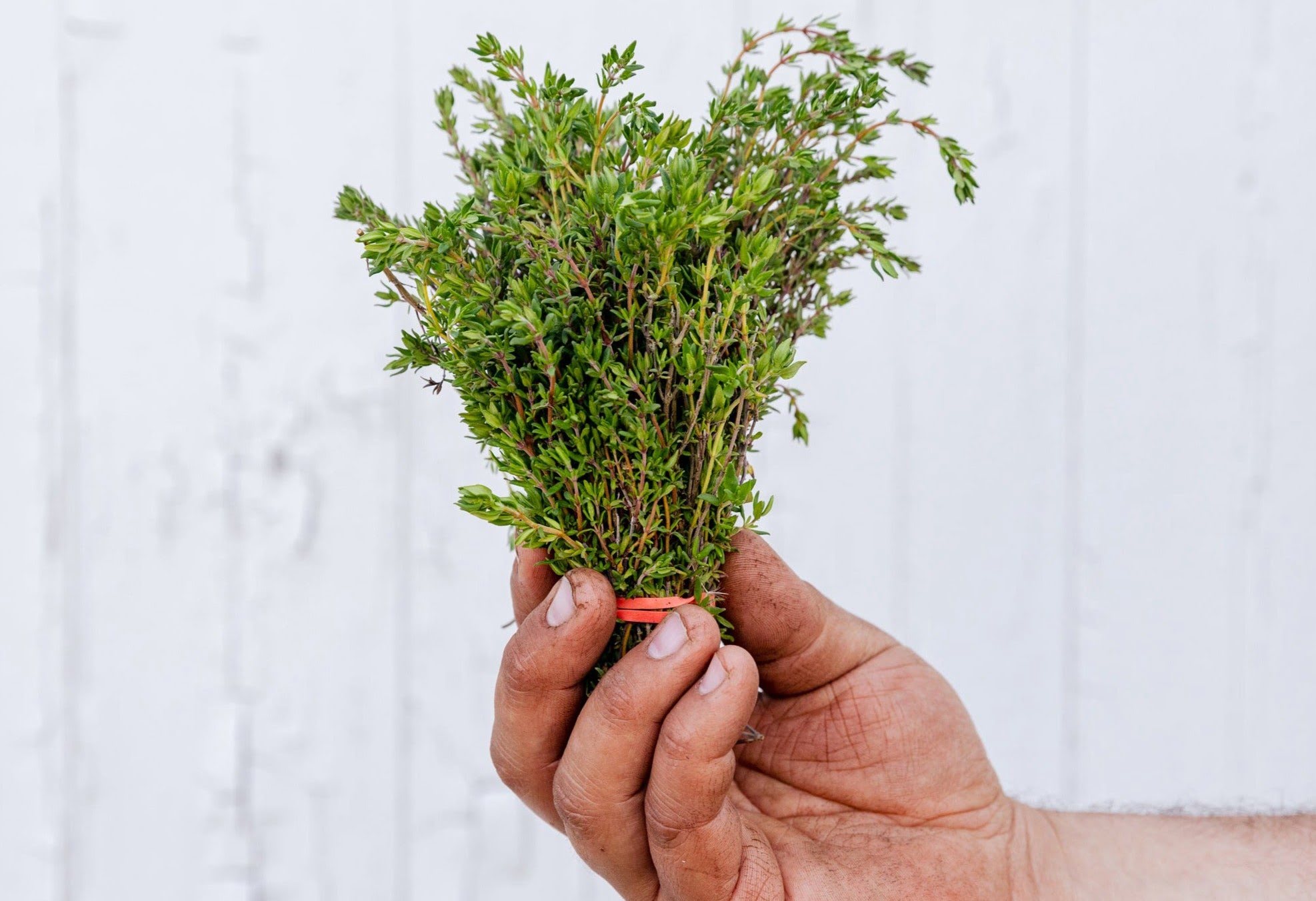
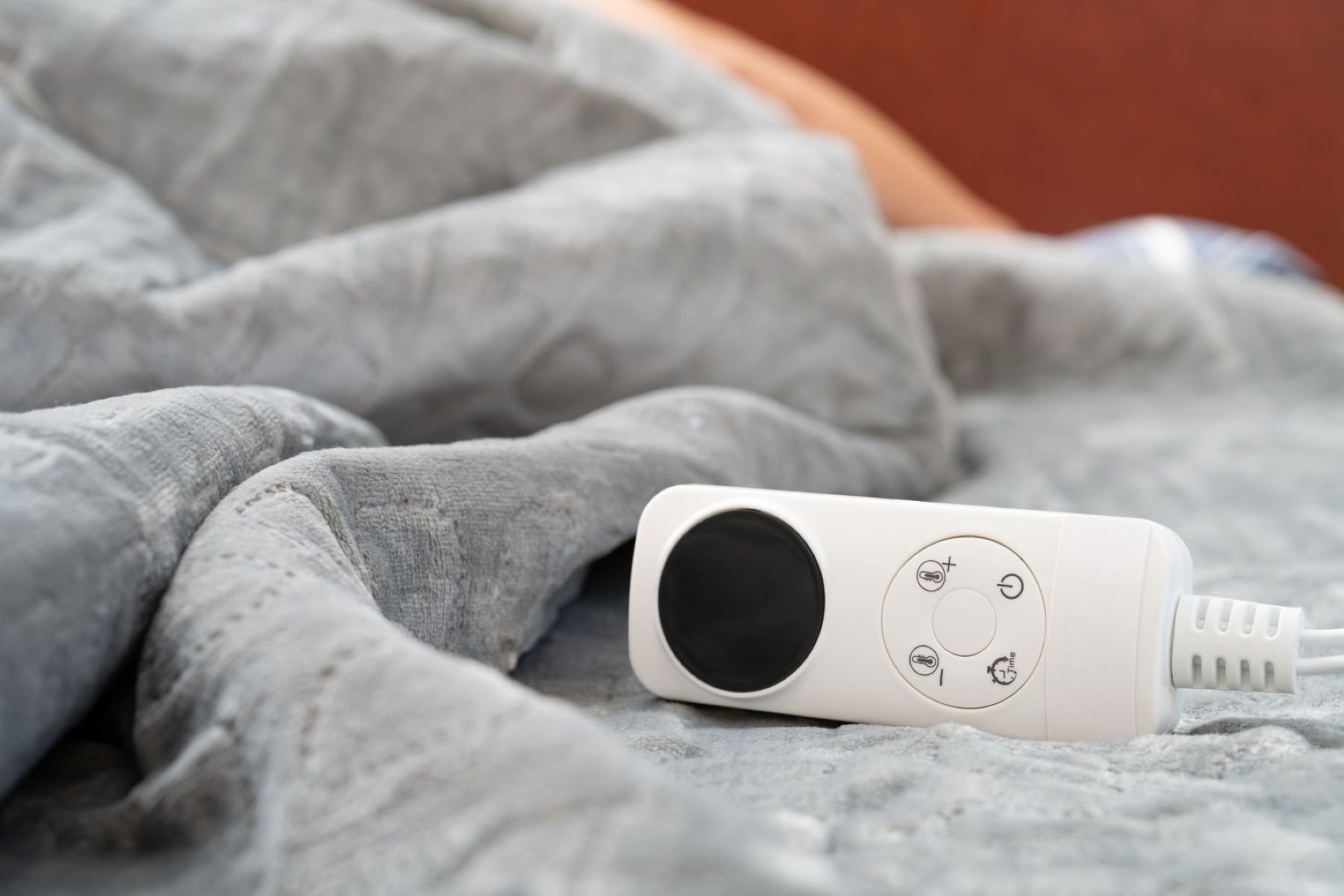
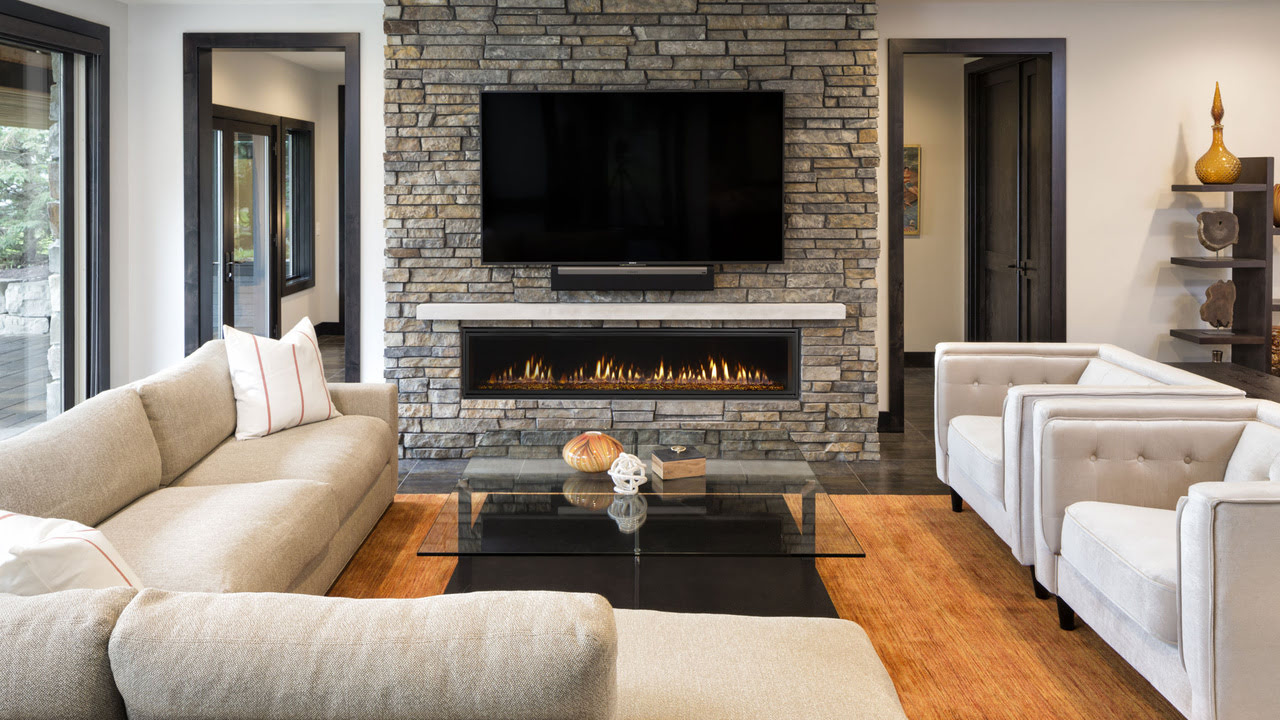
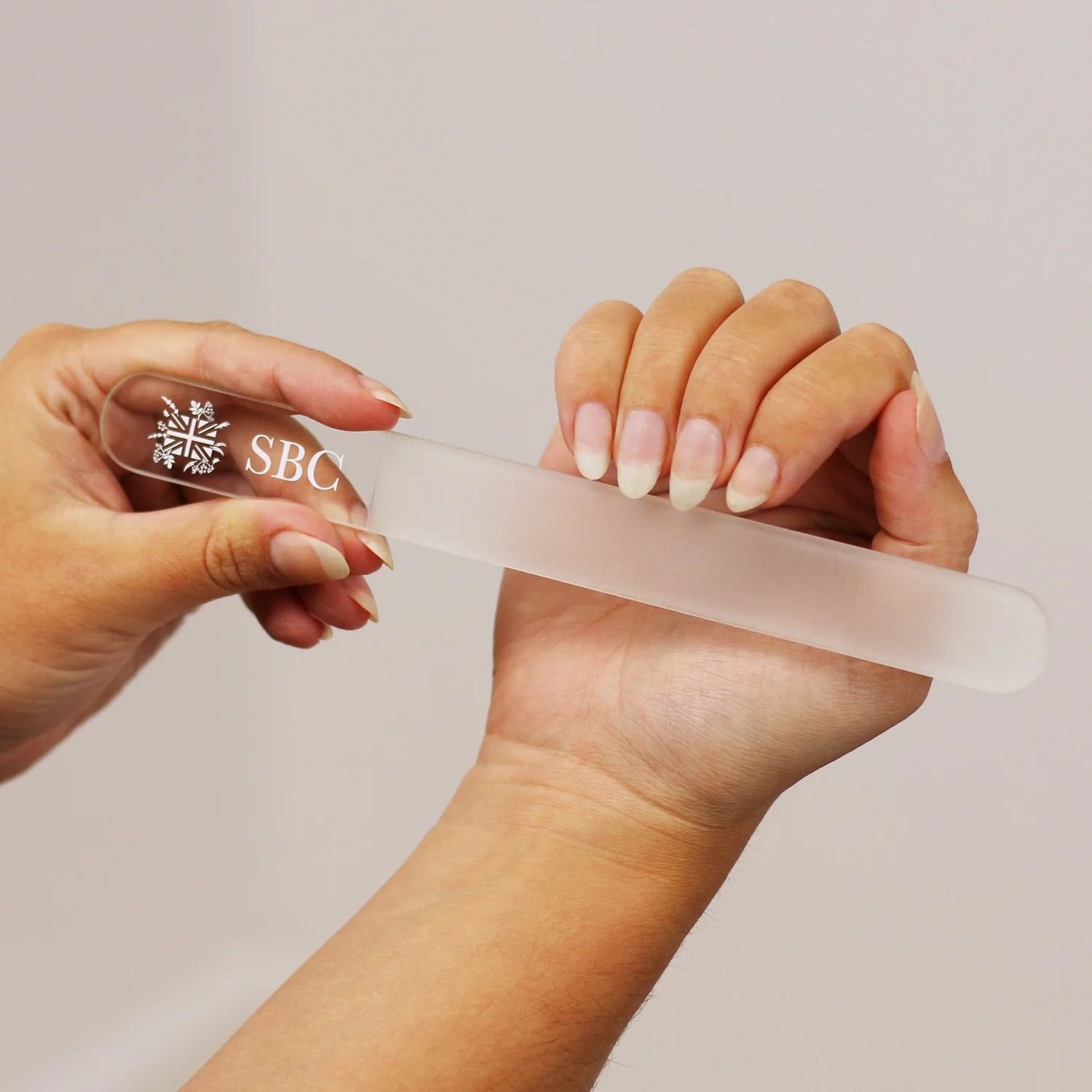
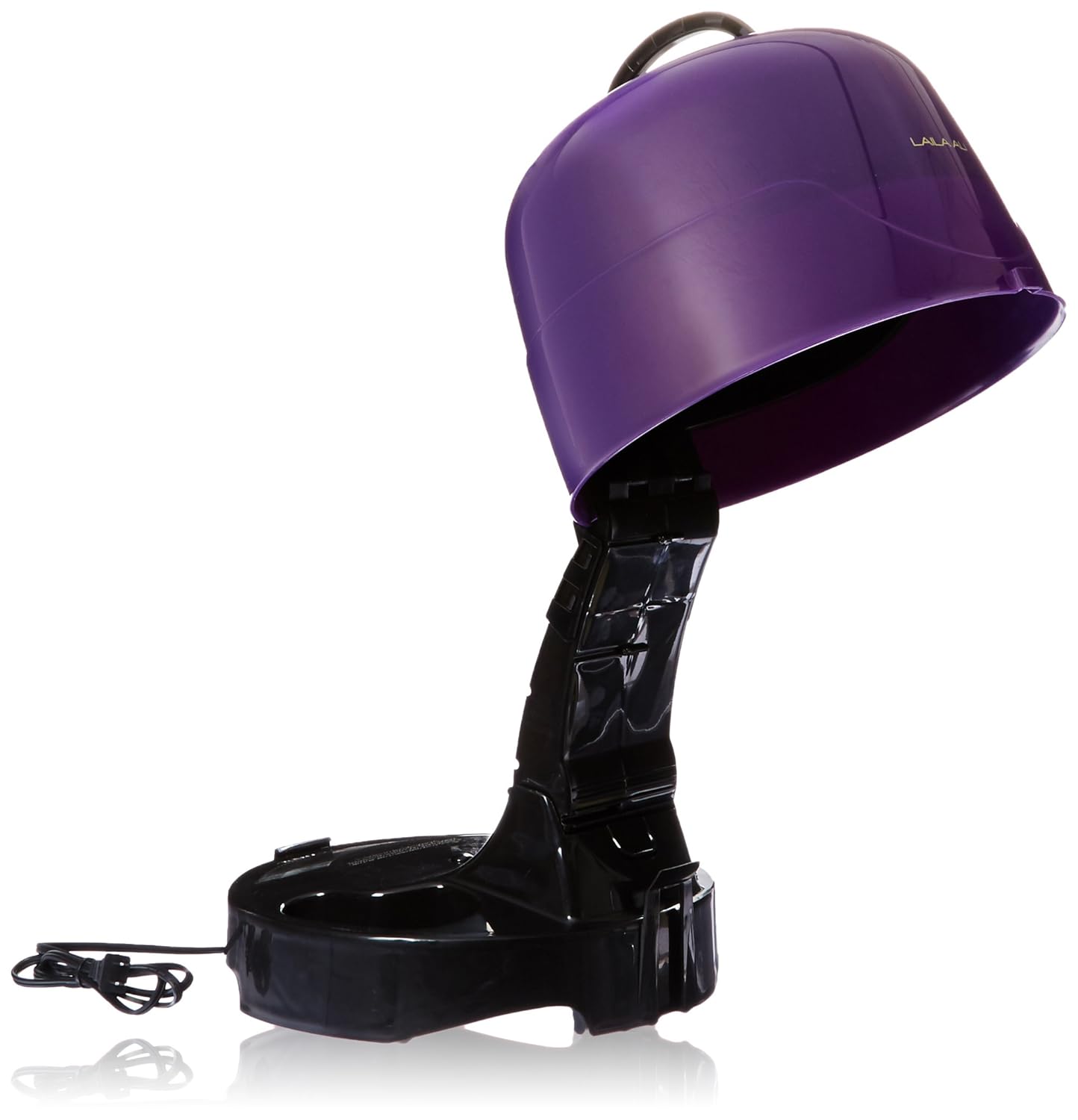

0 thoughts on “How Long Do You Leave Your Nails Under A UV Lamp”